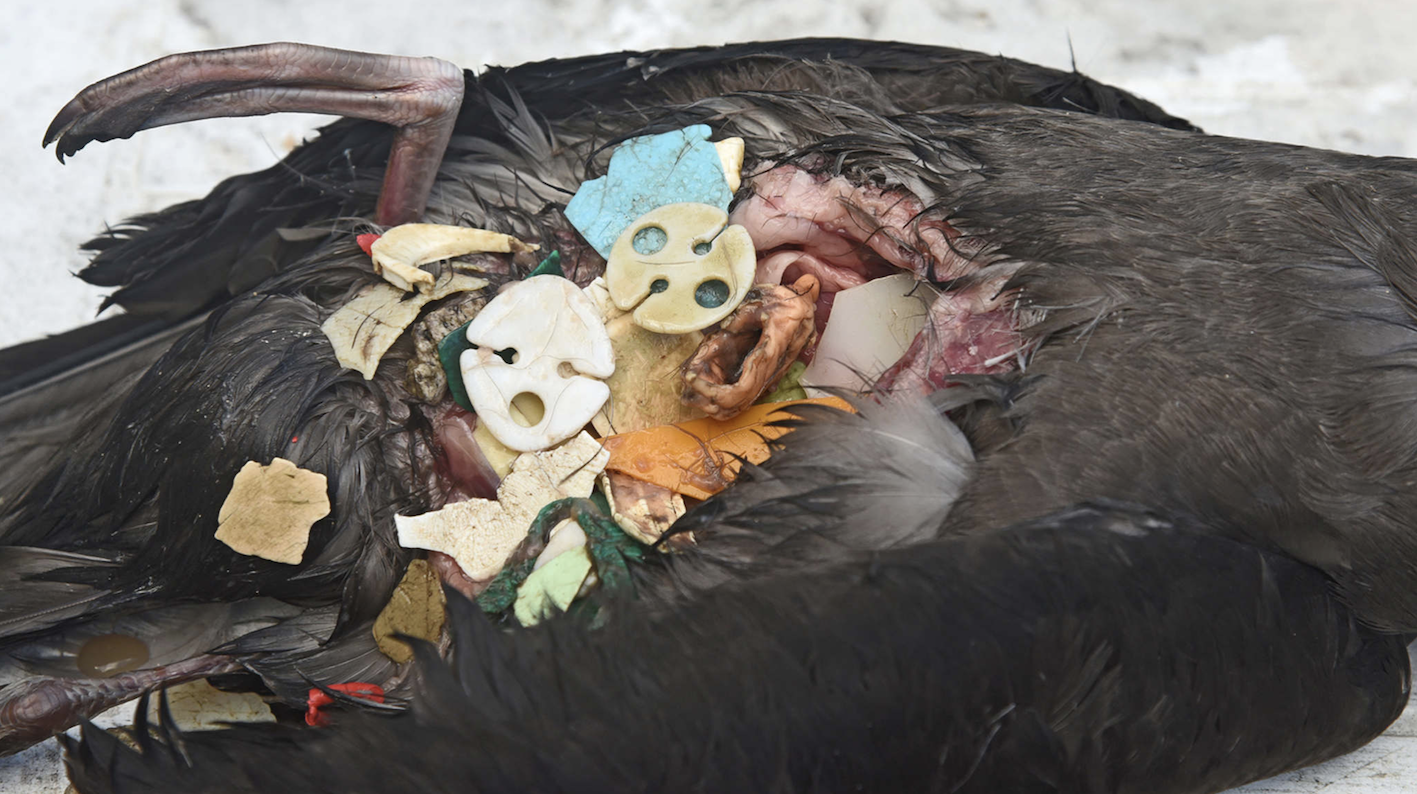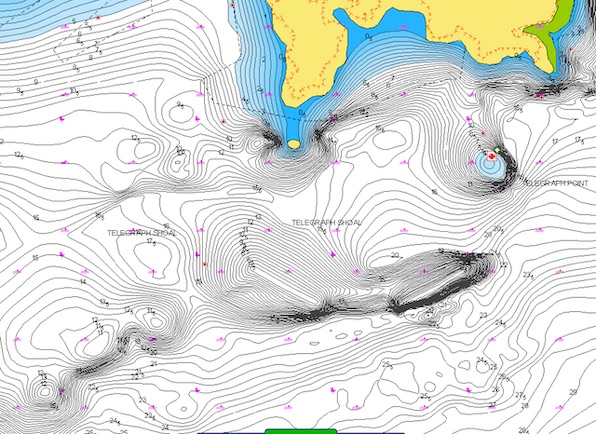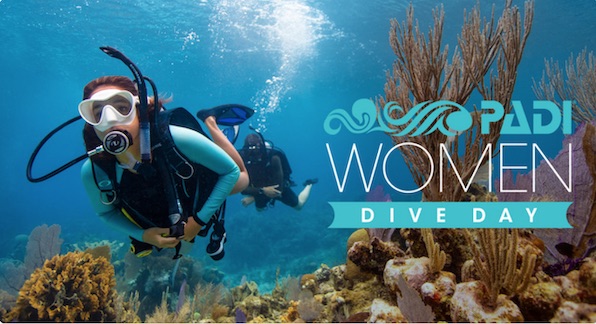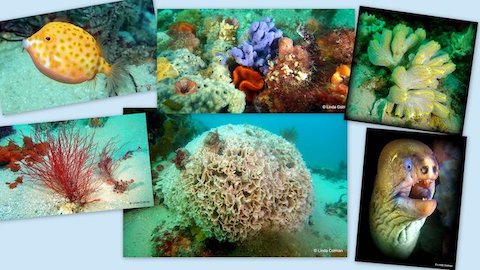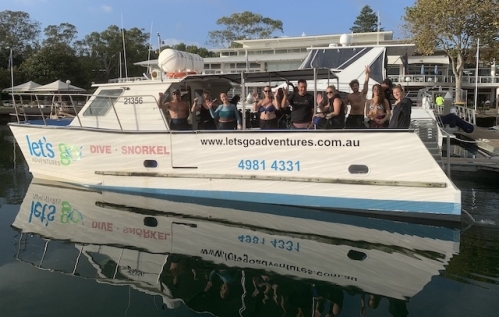You have 0 product(s) in your cart.
Blog
Seabirds And The Plastic Crisis
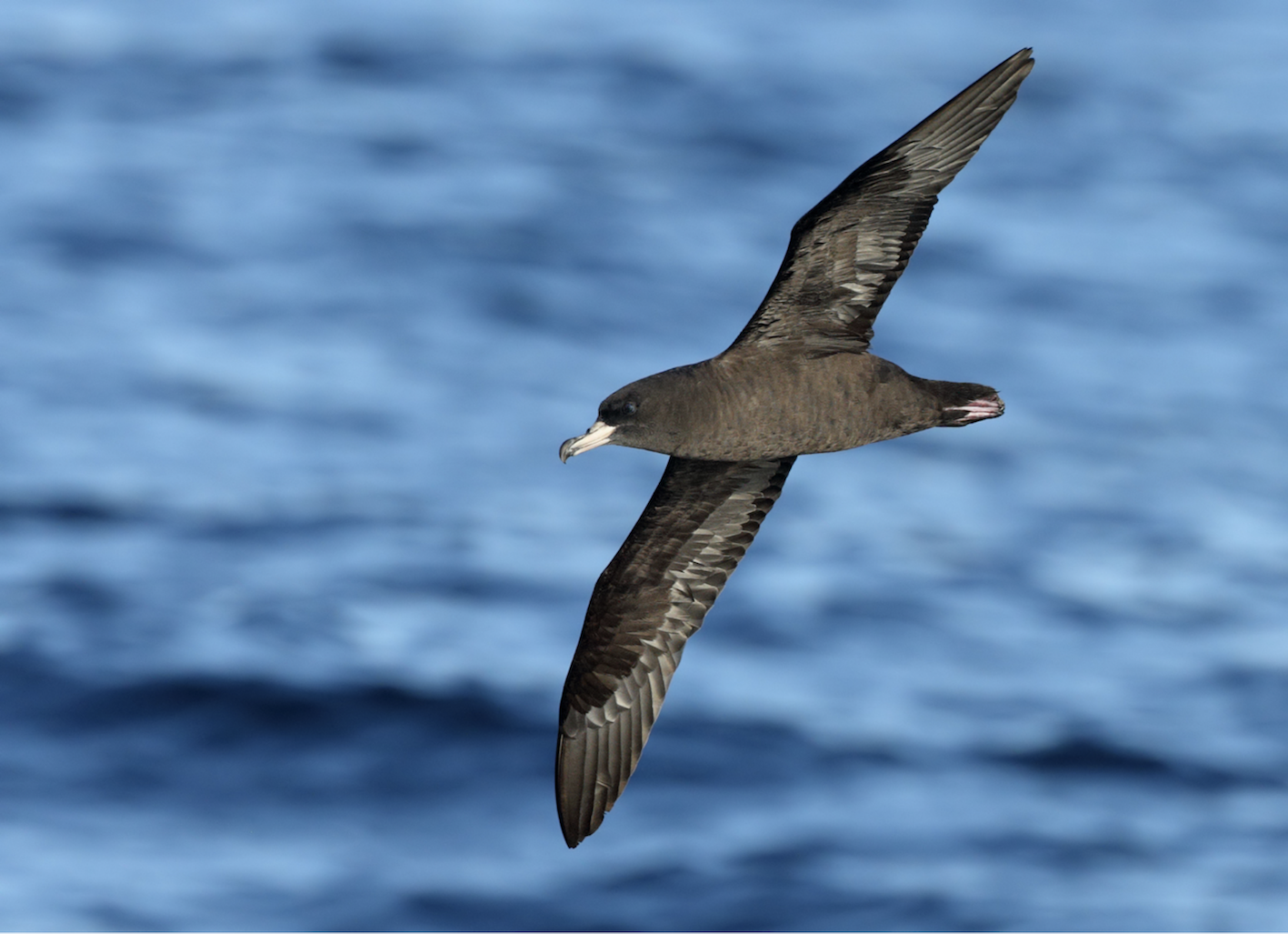
WARNING: GRAPHIC IMAGE BELOW
Seabirds have been evolving for over 60 million years but they are now facing some of their greatest challenges yet. According to the IUCN, Flesh Footed Shearwaters (Arenna carneipes) are near threatened and have a mature adult population of 148,000 that is in continual decline.
Arenna. c is widely distributed, occurring mainly in the subtropics over continental shelves and slopes, however, can be found around inshore waters. They also travel through the tropics and can be found over deeper waters when migrating to the North Pacific and Pacific Oceans. When breeding, pairs can be found in burrows on sloping grounds in coastal forest, scrubland or grassland.
Arenna. c primarily feeds on fish and cephalopods but can be found consuming seeds when breeding.
According to Maria P. Dias et. al study, ‘Threats to seabirds: A global assessment’, the top 3 threats to seabirds as a whole is invasive alien species, bycatch in fisheries and climate change/ severe weather. Plastic pollution is a rapidly increasing threat to seabirds. Over 7 million tonnes of new plastic enter the ocean every year.
Flesh- footed shearwaters embody the planetary crisis that our plastic waste has created. Parents care for their chicks, searching the sea for squid and fish to feed their young. Instead they return with stomachs full of bottle caps, microplastics, pegs, and other plastic household items that they regurgitate into their young’s hungry mouths. After 90 days of being raised and supported, the young leave their burrows and prepare for their flight at sea.
Many chicks are becoming so malnourished they can't make out of the nest. Others die on the beach or from the exhaustion of trying to fight waves as they attempt to fly.
On Lord Howe Island researchers recover the chick’s bodies from the beach and perform necropsies on them. One chick was found with 274 individual pieces of plastic in its stomach.
Between 2016-17 3.5 million tonnes of plastic was consumed in Australia. Only 11.8% of this was recycled, according to the Australian department of Environment and Energy. The other 88% was either shipped to Asian nations or dumped into landfills, or made its way into rivers, creeks and lakes, inevitably finding its way to the ocean. Once plastic is in the ocean it will photodegrade into micro and nano plastics as a result of extreme exposure to saline conditions, wave action and UV. Plastics are unable to ‘biodegrade’ they simply ‘degrade’ until they become microscopic pieces, virtually impossible to remove from ecosystems.
What can you do to reduce your impact and get educated on the topics of plastic pollution and ocean conservation?
Many chicks are becoming so malnourished they can't make out of the nest. Others die on the beach or from the exhaustion of trying to fight waves as they attempt to fly.
On Lord Howe Island researchers recover the chick’s bodies from the beach and perform necropsies on them. One chick was found with 274 individual pieces of plastic in its stomach.
Between 2016-17 3.5 million tonnes of plastic was consumed in Australia. Only 11.8% of this was recycled, according to the Australian department of Environment and Energy. The other 88% was either shipped to Asian nations or dumped into landfills, or made its way into rivers, creeks and lakes, inevitably finding its way to the ocean. Once plastic is in the ocean it will photodegrade into micro and nano plastics as a result of extreme exposure to saline conditions, wave action and UV. Plastics are unable to ‘biodegrade’ they simply ‘degrade’ until they become microscopic pieces, virtually impossible to remove from ecosystems.
What can you do to reduce your impact and get educated on the topics of plastic pollution and ocean conservation?
- Reduce your single use plastic use
- Choose to eat sustainable seafood and reduce your overall meat consumption. Find out more here: https://www.sustainableseafood.org.au
- Support local food grocers and brands; less carbon miles!
- Watch Blue the Film here: https://bluethefilm.org/watch
Top image credited to Ian Wilson
Below image credited to Ian Hutton
